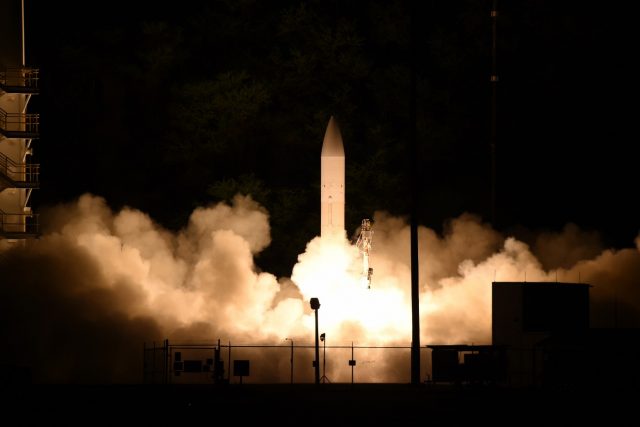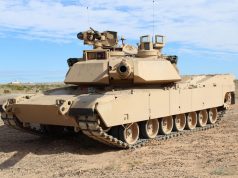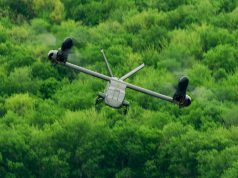The US defense department has carried out a successful test of a hypersonic glide body in a March 19 launch from the Pacific Missile Range Facility, Kauai, Hawaii.
The US Navy and US Army jointly executed the launch of a common hypersonic glide body (C-HGB), which flew at hypersonic speed to a designated impact point.
Concurrently, the Missile Defense Agency (MDA) monitored and gathered tracking data from the flight experiment that will inform its ongoing development of systems designed to defend against adversary hypersonic weapons.
”This test builds on the success we had with Flight Experiment 1 in October 2017, in which our C-HGB achieved sustained hypersonic glide at our target distances,” said Vice Adm. Johnny R. Wolfe, Director, Navy’s Strategic Systems Programs, which is the lead designer for the C-HGB.
”In this test we put additional stresses on the system and it was able to handle them all, due to the phenomenal expertise of our top notch team of individuals from across government, industry and academia.”
Wolfe added that the next phase of the program would be the fielding of a hypersonic strike capability, which is expected to take place in the early- to mid-2020s.
Hypersonic weapons, capable of flying at speeds greater than five times the speed of sound (Mach 5), are highly maneuverable and operate at varying altitudes. With this weapon, targets that are hundreds and even thousands of miles away can be reached in a matter of minutes.
The C-HGB – when fully fielded – will comprise the weapon’s conventional warhead, guidance system, cabling, and thermal protection shield. The navy and army are working closely with industry to develop the C-HGB with navy as the lead designer, and army as the lead for production. Each service will use the C-HGB, while developing individual weapon systems and launchers tailored for launch from sea or land.
“Hypersonic systems deliver transformational warfighting capability,” said Mike White, Assistant Director, Hypersonics, OUSD Research and Engineering (Modernization). “The glide body tested today is now ready for transition to army and navy weapon system development efforts and is one of several applications of hypersonic technology underway across the department.”
Additionally, MDA is working closely with Army and Navy in sharing data that will inform their development of enhanced capabilities for a layered hypersonic defense.



























